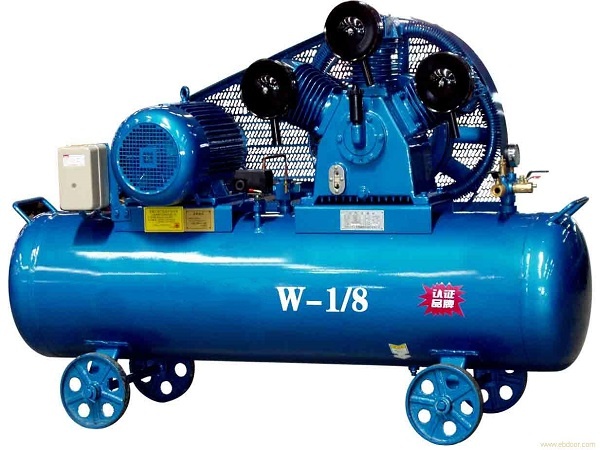Hydrogen diaphragm compressors generate noise and vibration during use, which can have a certain impact on the stability of the machine and the operating environment. Therefore, controlling the noise and vibration of the hydrogen diaphragm compressor is very important. Below, Xuzhou Huayan Gas Equipment Co., Ltd. will introduce several common control methods.
Reduce vibration: a. Improve the structural stiffness of the equipment: By strengthening the support structure of the equipment and selecting materials that meet the requirements, the vibration of the equipment can be effectively reduced. At the same time, measures such as reducing the center of gravity and increasing the stability of the machine can be taken to further improve the stiffness of the structure. b. Adopting vibration reduction measures: Vibration reduction pads or dampers can be installed at the bottom of the equipment to reduce the transmission of vibration to the ground or equipment support structures, thereby reducing the impact of vibration. c. Balancing the mass of rotating components: For rotating components, the method of balancing the mass of rotating components can be adopted to avoid vibration caused by imbalance. d. Using vibration damping materials: Using vibration damping materials such as vibration damping glue, damping materials, etc. inside the equipment or connecting components can effectively reduce the transmission and interference of vibration.
Reduce noise: a. Choose low-noise equipment: When choosing a hydrogen diaphragm compressor, low-noise equipment can be selected to reduce the noise generated by the equipment itself. b. Improving the sealing of equipment: Strengthening the sealing of equipment, especially the casing and connection parts, can reduce gas leakage and thus reduce the propagation of noise. Meanwhile, strengthening the sealing can also improve the working efficiency of the equipment. c. Using soundproof materials: Using soundproof materials such as sound-absorbing panels, soundproof cotton, etc. around or inside the equipment can effectively reduce the propagation and reflection of noise. d. Installing mufflers: Installing mufflers at the inlet and outlet of the hydrogen diaphragm compressor can effectively reduce the noise caused by gas flow.
Maintenance: a. Regular inspection of equipment: Regularly check the working status of the equipment and the wear and tear of its components, replace damaged parts in a timely manner, and ensure the normal operation of the equipment. b. Oil lubrication: Oil and lubricate the rotating parts of the equipment to reduce mechanical friction and wear, as well as noise and vibration. c. Reasonable installation and debugging: When installing and debugging equipment, it is necessary to operate according to the specifications to ensure the smooth operation of the equipment and the rationality of the mechanical configuration. d. Cleaning equipment: Regularly clean the exterior and interior of the equipment to prevent dust and debris from accumulating, affecting its normal operation and generating noise.
In short, for controlling the noise and vibration of hydrogen diaphragm compressors, vibration can be reduced by increasing the structural stiffness of the equipment and using vibration reduction measures. Low noise equipment can be selected, equipment sealing can be improved, sound insulation materials can be used, and mufflers can be installed to reduce noise. In addition, regular maintenance of equipment, lubrication and cleaning of equipment are also effective measures to reduce noise and vibration.
Post time: Jul-25-2024


